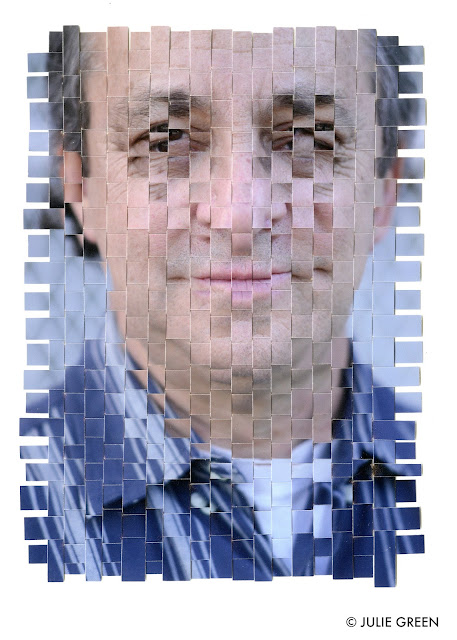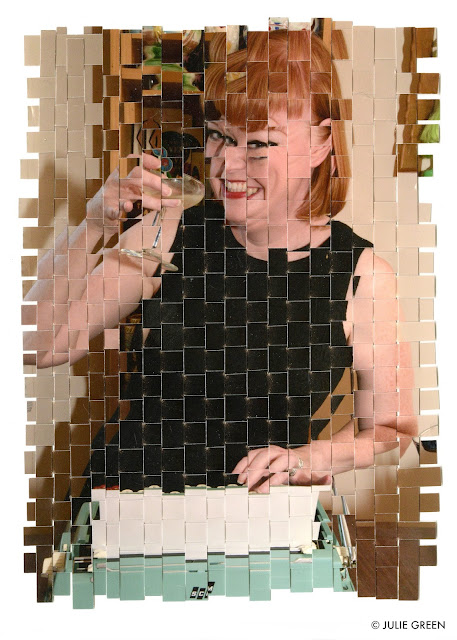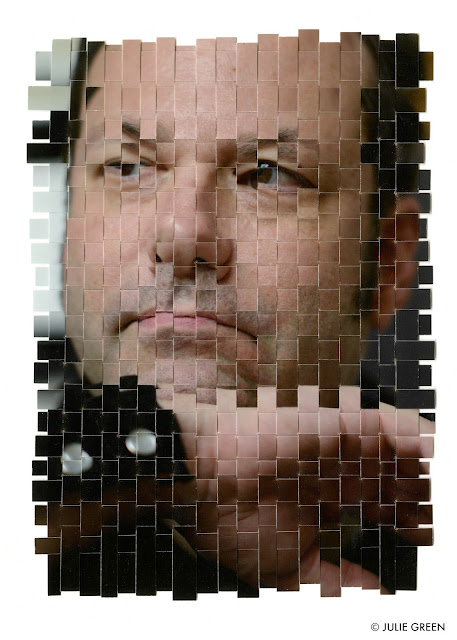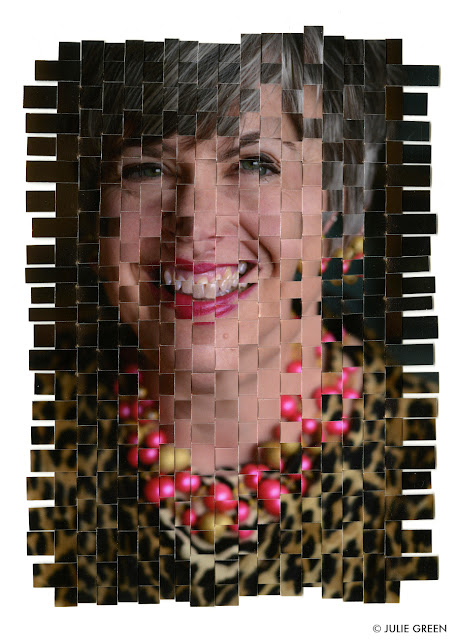Posts
Showing posts from August, 2015

Posted by
Julie Green
Grier Cooper - Authors in August
- Get link
- X
- Other Apps

Posted by
Julie Green
Domenic Priore - Authors in August
- Get link
- X
- Other Apps

Posted by
Julie Green
Karen Finlay - Authors in August
- Get link
- X
- Other Apps

Posted by
Julie Green
Frank Portman - Authors in August
- Get link
- X
- Other Apps

Posted by
Julie Green
Lynn Peril - Authors in August
- Get link
- X
- Other Apps